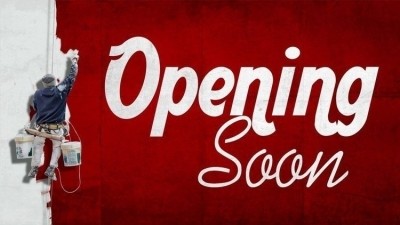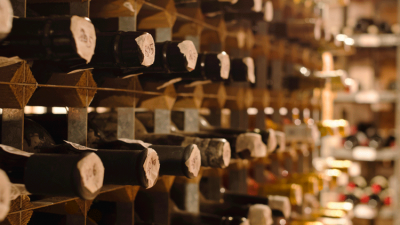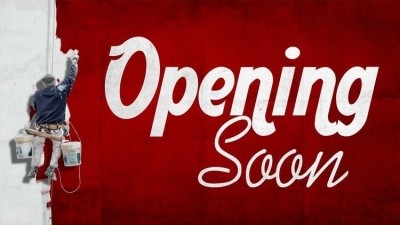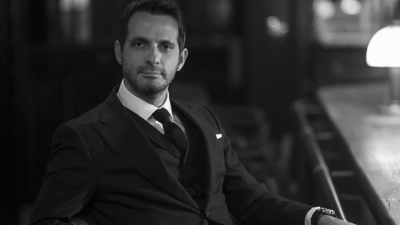Sunny Hodge on why Diogenes the Dog is a different kind of wine bar
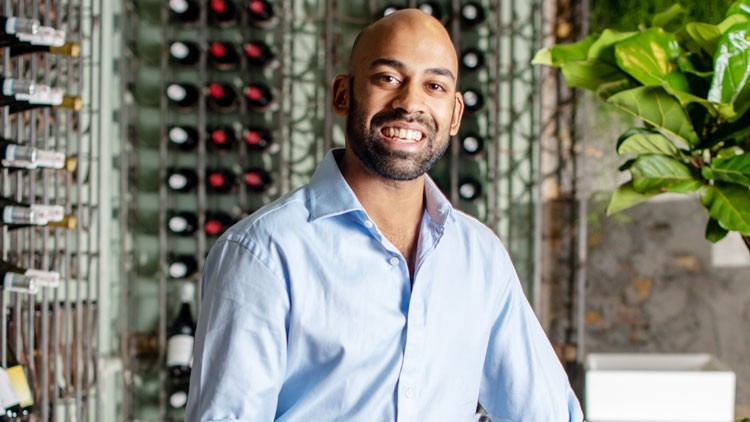
What makes your wine different?
I like to think of Diogenes the Dog as an anti-wine marketing concept. Restaurants and wine retailers tend to follow the same safe patterns when they select their wines. We want to bring something different to the table. At the moment we’re focusing on places that have been making wine for the past few decades – for example Poland, Czech Republic and Texas.
This presumably means you can offer good value...
Yes. The wine is insanely good value because our winemakers don’t tend to have high land costs and our customers aren’t paying for grand labels. The only thing that gets in the way of that is the start-up costs of new wine-producing areas. That’s one of the reasons English wine is, comparatively speaking, so expensive.
How many of your wines fall within the natural bracket?
About 30% are what you might call natural. But it’s not something we’re looking for. I see it as more of a circumstantial thing. The challenge with natural wines is that they can be inconsistent and can potentially alienate people. We also have a responsibility to these emerging places. If we serve them something very funky they’re going to think: ‘oh, so that’s what Chinese wine is like’. Personally I enjoy that sort of style, but many don’t.
How big is your list?
Tiny. We have around 30 bins of which around 20 are by the glass. It needs to be that way because so much of it is unfamiliar. If you’re serving wines that nobody has heard of, having a massive list doesn’t make any sense because everything will be hand sold. We import little parcels and when one is gone, something else goes on. With such a condensed offering we don’t need to worry about preservation systems, which are expensive and a bit of a faff.
So you're looking to create a by-the-glass culture?
Yes. We find that almost all our customers want to go from one glass to the next because it’s stuff they’ve never tried before. It’s good news for stock management because everything sells fairly evenly.
What size glasses do you offer?
We offer 125ml and 375ml carafes. We don’t do smaller ‘taster’ glasses because we offer a taste of all our wines prior to ordering. Some of the wines are a bit quirky. As much as I’d like to believe that a guest will 100% enjoy everything we stock, it’s a good way of building trust with the guest, plus it creates a nice little moment.
What are your prices like?
Entry level prices for red and white wines are £5 and still wines currently top out at £14. Especially good value options on the current menu include an ugni blanc from Gascony and our Ben’s Reserve Boretice pinot noir from the Czech Republic. There is currently a limit to how much we can charge as we tend to deal in things that are unfamiliar. Alongside that, I’ve put a lot of thought into how we can reduce costs to be able to provide great wines at a surprisingly low price point.
Such as?
The unusual location (in Elephant and Castle) and low fit-out cost helps because we’re not trying to claw back a massive investment. I’ve also designed the front-of-house wine storage system to make stock taking very quick. It looks pretty, but it runs like a graph so I can see in just a second or two what we need more of. I can do the stock count in a few minutes, which is a big saving on labour that eventually finds its way into the customer’s glass. We also try to import direct so we cut out the middle man – currently about 40% is imported directly.
How does the service work?
It’s all table service. I’d describe it as immaculate but not at all formal. It’s Michelin-esque but very relaxed. Nearly all the staff are sommeliers by trade so they know the product, which is extremely important. A lot of the wines are decanted so there’s some theatre but without any pretentiousness. We don’t want people to worry about what they’re wearing.
How do you make these less obvious wines more accessible?
Most people don’t want to hear lengthy explanations. What we try and do is choose wine that has at least one touchpoint, a simplistic catch if you like. The best example on our current list is our Texan malbec: the location is not familiar, but the grape is and we can talk about the parallels. We also have a great Bulgarian wine that’s made with an indigenous variety most people won’t know called mavrud (a relation of mourvedre), but it is 10% merlot, which tells people something about the style of the wine and give them something to latch onto.
What are the financial implications of employing so many sommeliers?
It’s a tiny team that allows me to pay more to the individual members. I’ve only got strong managerial types and I pay them all managerial-esque wages. But having stronger people means I need fewer of them. I pay them more and they work smarter and breakages are reduced. With so few people on each shift, they also get a much higher proportion of the service charge than they’d get if they were working in a restaurant. The former Margot assistant restaurant manager has opened a south London wine bar that champions less obvious wine-producing regions and styles
This interview first appeared in the February 2019 issue of Restaurant magazine, the leading title for the UK's restaurant industry. For more features, comment, interviews and in-depth analysis of the sector subscribe to Restaurant magazine here.
